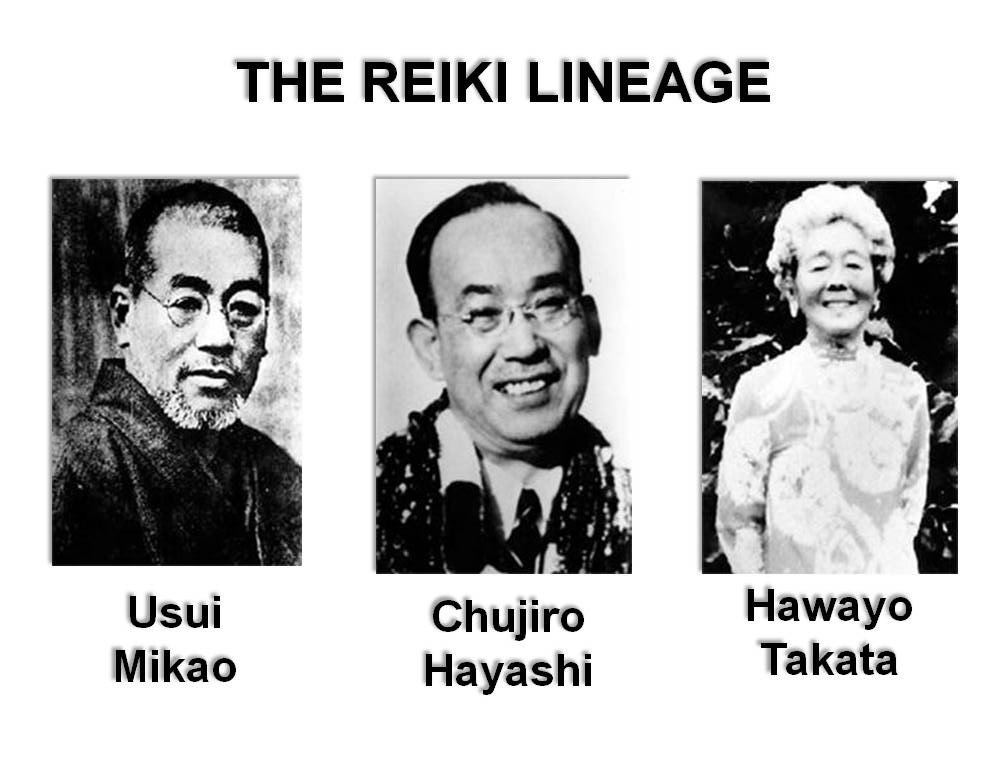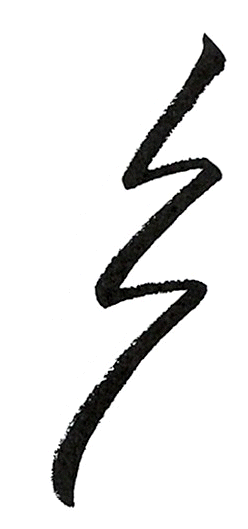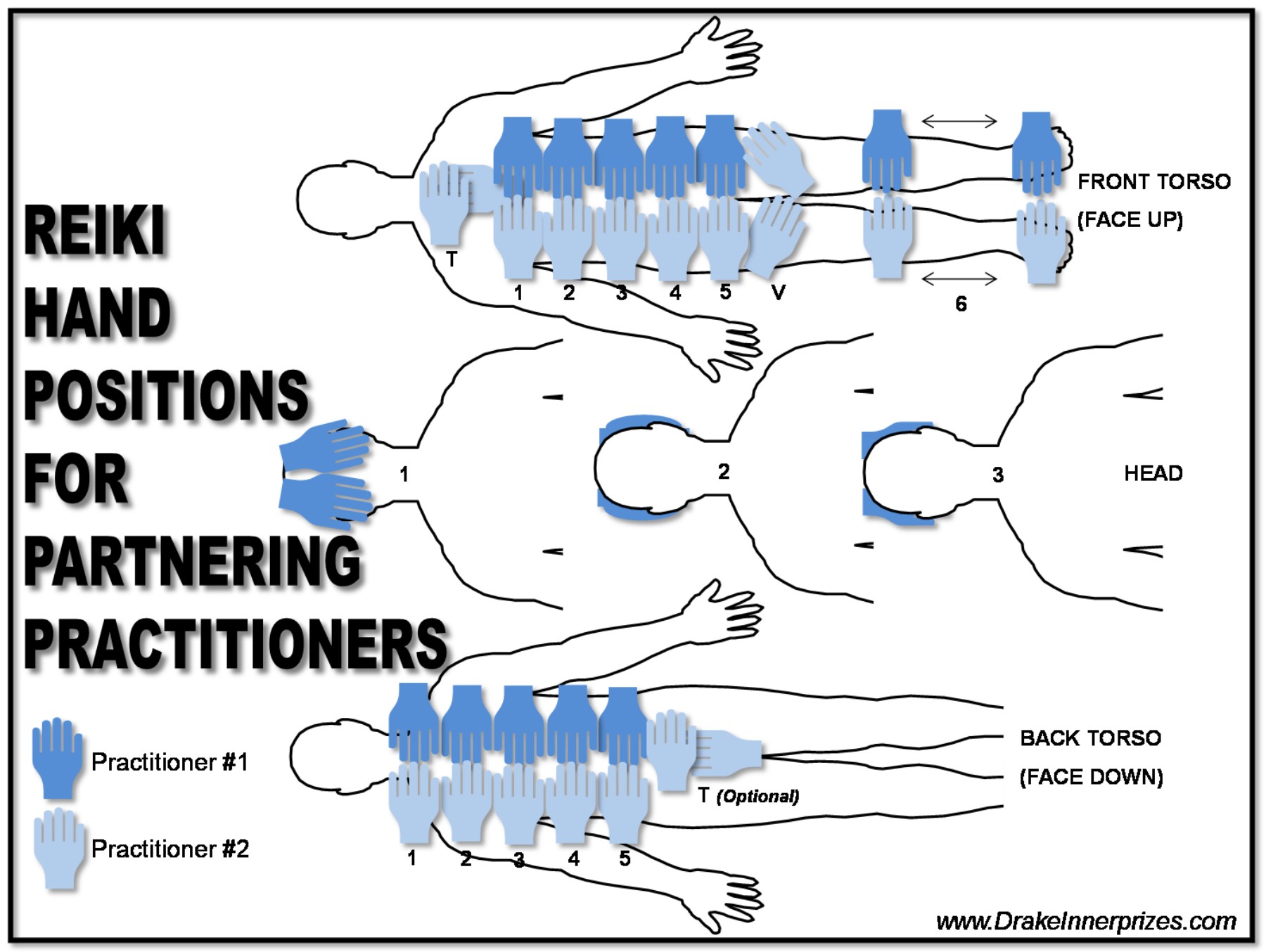|
WHAT IS REIKI?
Reiki is Universal Life Force Energy.
Reiki is the Japanese art of energy healing.
Reiki is not a philosophy,
a religion, a psychology, or a form of massage.
The word Reiki (RAY-key) is a combination of two Japanese words – Rei and Ki. Rei is
the upper character and means universal, higher knowledge, soul, spirit, ghost, or spiritual consciousness. It is the all-knowing God-consciousness.
Ki is the lower
character and means life energy, universal life force, or vital life
force. (In Chinese it is called Chi, in Sanskrit it is called Prana, in
Hawaiian it is called Ti or Ki, and in the West it is called bioenergy.)
Reiki then is soul energy or spiritually guided energy.
All living things
have life energy circulating through them. A living things becomes
vulnerable to illness if the life energy is low or if there is a block
of flow. Reiki energy guides itself with its own wisdom, rather than
requiring the direction of the practitioner. The practitioner becomes a
channeler of the energy to the client.
Reiki heals
holistically by balancing energies in the body and promoting natural
self-healing. It promotes relaxation, creativity, balance, awareness,
positive thinking, and vitality, reduces stress, clears toxins,
stimulates natural immunity, releases suppressed feelings, and creates
feelings of peace, security, and well-being. Reiki can be used for
healing humans, animals, plants, and food. Reiki can be used for many
ailments like pain reduction, headaches, stomach upsets, back problems,
respiratory problems, anxiety, and many more. Heart rate and diastolic
blood pressure have decreased significantly in people who received 30
minutes or more of Reiki.
WHAT IS THE ORIGIN OF REIKI?
Dr. Mikao Usui,
a Japanese Christian educator, developed Reiki in the early 1900’s after
3 weeks of fasting and meditating on Mount Kurama. Dr. Chujiro Hayashi
was a naval
commander that traveled with Dr. Usui to teach and heal. After Dr. Usui
passed on, Dr. Hayashi became the leader of Reiki. Dr. Hayashi passed
leadership of Reiki to Mrs. Takata of Hawaii (perhaps because she would
not be in Japan and therefore relatively safe and able to continue the
practice during WW2). She eventually moved to California, bringing Reiki
to the Western world in the 1970s.

WHAT ARE REIKI ATTUNEMENTS?
A Reiki
practitioner must become attuned in order to perform Reiki. Attunements
can only be performed by Reiki Teacher Masters. Once initiated into
Reiki, a person remains a Reiki channel throughout his or her lifetime.
During the
attunement, the Rei or God-Consciousness makes adjustments in the
students’ Chakras and energy pathways to accommodate the ability to
channel Reiki and then links the student to the Reiki Source. These
changes are unique for each person. The Reiki Master/Teacher channels
the attunement energies into the student. The Reiki attunement is a
powerful experience for most people. Many students report having
spiritual experiences, healings and visions. The student can also
increase spiritual sensitivity. Students often report an increased
awareness, which exemplifies increased intuition.
WHAT ARE THE LEVELS
OF REIKI PRACTITIONERS?
 Level 1: Beginning Practitioner Level 1: Beginning Practitioner
The new
practitioner learns how to channel Reiki energy to self and others.
Classroom training includes basic information about Reiki including the
history of Reiki and the specific hand positions. The new practitioner
is attuned to Level 1 energy, which is a low vibration. The attunement
opens the chakras and palms so that healing energy from the universe can
be channeled. A few months of developing proficiency at this
level is needed before advancing to Level 2.
 Level 2: Advanced Practitioner Level 2: Advanced Practitioner
The
Reiki practitioner learns long distance (remote) healing and the first
three Japanese healing symbols. The three symbols aid the practitioner
in channeling energy. Symbol 1 is used to turn the Reiki power on.
Symbol 2 helps to heal on the mental and emotional levels. Symbol
3 assists in sending Reiki energy over time and space. (Traditionally
these symbols are not shared unless an individual is ready for the 2nd
attunement). The
practitioner is attuned to level 2 energy which is a higher healing
frequency than Level 1. A few months of developing proficiency at this
level is needed before advancing to Level 3.
 Level 3: Reiki Master (Non-Teaching) Level 3: Reiki Master (Non-Teaching)
Level 3
is the master degree. At this stage, meditation techniques, Hui Yin, the
Violet Breath, Psychic Surgery, Gyoshi Ho (Reiki through the eyes),
Byosen Scanning (scanning through feeling/sensing sensations), and Reiki
Crystal Grids can be learned by the practitioner so that he/she can
remove energy blocks. A final attunement empowers the practitioner with
a Reiki Master Symbol. This symbol provides the practitioner with
additional spiritual growth and understanding of self. This level is
called the non-teaching level because the knowledge to pass attunements
to other students is not given to the practitioner until Level 4.
 Level 4: Master Teacher Reiki Level 4: Master Teacher Reiki
This level is for
those practitioners who wish to teach Reiki. The focus is learning to
attune others to the Reiki energy and on teaching Reiki to others. The
final symbol, Reiki Master Teaching Symbol, is learned. This is used for
attuning others to any Reiki level.
WHAT HAPPENS DURING A REIKI SESSION?
After a
brief introduction and welcome, the client lies on his/her back usually
on a massage table. The practitioner(s) then channel Reiki energy by placing the hands lightly
on the body in specific positions. The session will
usually last about 45 minutes. When the session ends, the practitioner(s)
and client will share their experiences with each other. The client is
provided water and advised to drink plenty for the next several
days.
Some clients may feel sensations such as heat, tingling, cold, or pressure. Reiki energy is repairing and
opening energy channels, pulling out negativity, dissolving blockages of
stale energy, and filling energy deficiencies in the body and aura.
Reiki can
also be combined in the same session with various massage techniques
that can provide an altered state of relaxation.
WHAT DO REIKI
PRACTITIONERS THINK ABOUT DURING A SESSION?
Attuned practitioners meditate on four different Reiki symbols. These symbols are considered to be secret. The
first 3 are revealed to the Reiki practitioner at Level II. The last
symbol is passed to Teaching Reiki Masters. However these symbols can be
found on virtually any Reiki website so I am sharing them below. In
addition, many new symbols have been channeled and are being shared in
the Reiki community. In my practice, I just use the original Usui
symbols shown below:
|

Cho Ku Rei:
The BODY. It is the Power Symbol.
It is used to turn on or turn up the power.

Sei He Ki: The MIND. This is the Mental/Emotional Symbol.
It is used for emotional, purification, protection, and clearing.

Hon Sha Ze Sho Nen:
The SPIRIT.
This is the Distance Symbol.
It is used for distance healing. There is no past, present, or
future.

Dai Ko
Myo:
The MASTER
EMPOWERMENT symbol. It is used in the attunement process.

Dai Koo Mo:
The
ETHERIC BODY ACTIVATOR symbol. Attunes the 3 auric fields and etheric
bodies. It is used in the attunement process.

Raku:
The PSYCHIC DIS-CONNECTOR symbol. It
separates the Reiki Master Teacher's energy from the student's.
|
WHAT ARE THE TRADITIONAL REIKI HAND POSITIONS?
There are many different hand positions
depending on the form and teacher that you study. I am including the
standard positions that I was taught. Sometimes intuition prompts you to
move to alternative hand placements so each session is tailored to the
specific client receiving treatment.


REIKI MANTRA
Reiki go, Reiki flow, Reiki knows just where to go.
5
PRINCIPLES OF REIKI (The Gokai) by Dr. Mikao Usui
1. Just for
today, I will not be angry.
(Kyo dake wa
Okoru na)
2. Just for
today, I will not worry.
(Kyo dake wa
Shinpai su na)
3. Just for
today, I will do my work honestly.
(Kyo dake wa Gyo
wo hage me)
4. Just for
today, I will be kind to my neighbor and every living thing.
(Kyo dake
wa Hito ni
shinsetsu ni)
5. Just for
today, I will give thanks for my many blessings.
(Kyo dake wa
Kansha shite)
|

